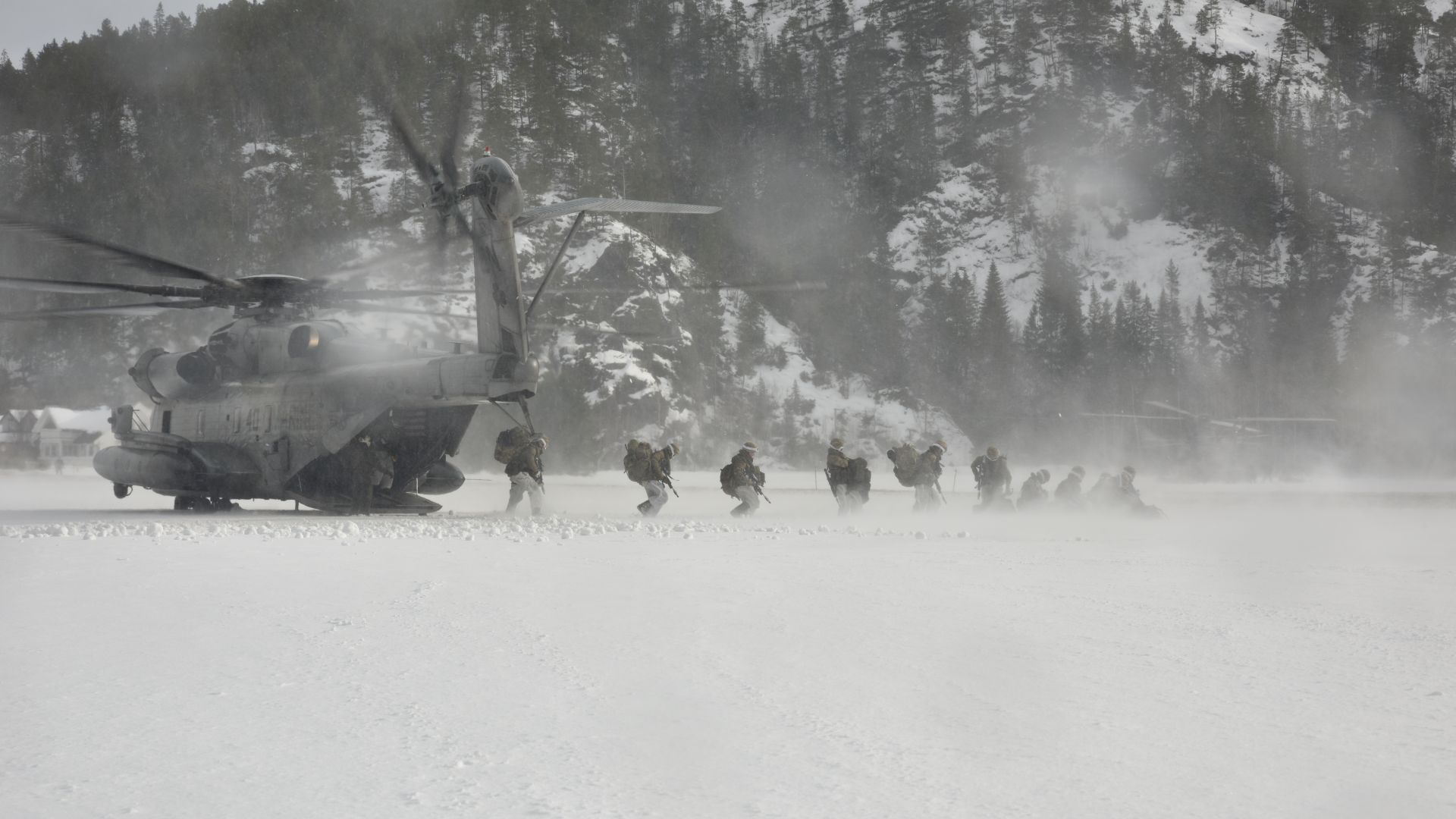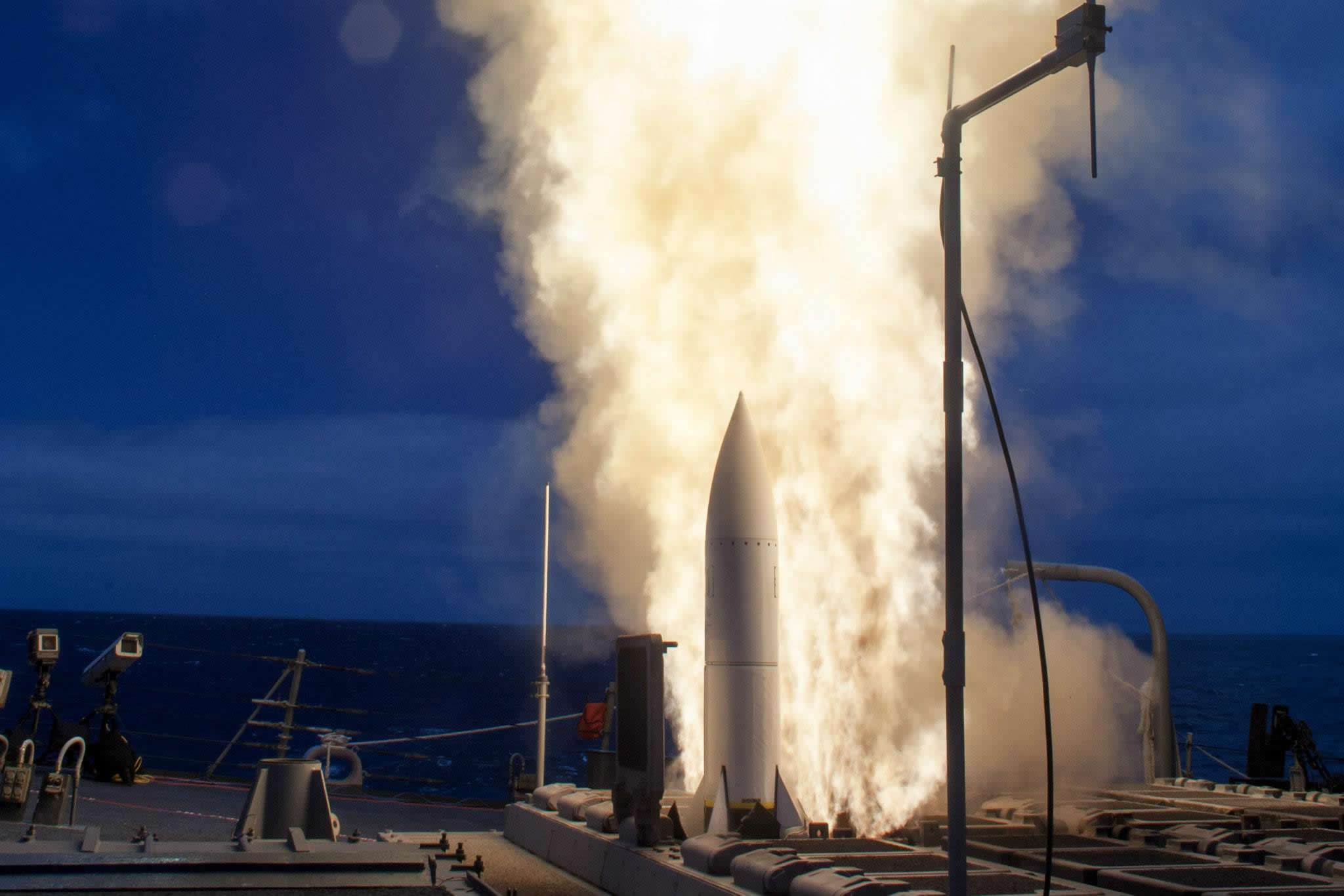Thermometers may be sub-zero but in Norwegian winter, freezing is not an option, combat action is not weather dependent and a Soldier does not wait for weather to warm up to react to fire.
For the first time, the U.S. Army joined 16,000 military personnel from 13 nations in Central Norway’s Exercise Cold Response 2016 to conduct combat operations training in extreme cold weather environments. Joining the training were 2nd Battalion, 503rd Infantry Regiment, 173rd Airborne Brigade, from Vicenza, Italy and 3rd Infantry Division, 7th Infantry Regiment, 1st Armored Brigade Combat Team, from Ft. Stewart, Georgia.
Cold Response is a Norwegian-led exercise that rehearses high-intensity operations in challenging winter conditions. The exercise involves more than 3,000 U.S. service members; approximately 6,500 members of the Norwegian Armed Forces; and nearly 4,000 troops from 11 allied and partner nations including Great Britain, Germany, the Netherlands, Sweden, Poland, Denmark, Canada, Belgium, France, Latvia, Spain and close to 300 NATO personnel.
“This is an exercise where allies come together and train in core competencies of air, land and sea; the land core competency is high intensity warfare, most importantly combined arms maneuvers, operating on both sides, adding on the climate, which makes it more difficult, and gives us good operational enhancement training for all participating,” said Lt. Col. Aleksander Jankov, Norwegian Army spokesperson, Cold Response 2016.
“We have different challenges in Norway when it comes to climate and topography than some of our other allied partners,” said Jankov. “It’s important to remember for every leader, junior and senior, that operating cold weather and snowy conditions may have serious consequences although we are not at war because the environment will kill you if you don’t do the right things.”
In addition to learning to quickly and effectively operate in a frigid environment, this exercise is a great opportunity to practice and conduct training essential for security with partner nations, said Lt. Gen. Ben Hodges, commander U.S. Army Europe.
“We are never going to be by ourselves,” said Hodges. “We are always going to be part of a coalition, if not an alliance, so the chance to practice with our partners in Europe is a great opportunity to build trust and confidence.”
Lt. Col Will Graydon, commanding officer, 3rd Battalion, Royal Canadian Regiment, operated as exercise commander of a multinational battle group commanded by a Swedish brigade and in charge of a Canadian and U.S. battalion.
“In my battalion, we’re not just Canadians and Americans, we’ve got Swedish and Norwegian Home Guard, so we are already four nations within just one battalion,” said Grayden. “We get to work on interoperability, cohesion, and building partnership, from all levels of leadership. It demonstrates how easy it is to build a team of like-minded nations when you are focused on one goal.”
According to Grayden, many of the participating nations regularly conduct cold weather training due to the geographical locations of their nations, and these soldiers from colder climates shared and trained their Tactics, Techniques and Procedures with the U.S. Soldiers.
“We conducted our own training prior to coming up here, but since we arrived we conducted drivers training with the Norwegians on a closed track, said Cpt. Matthew Heath , company commander, Company D, 2nd Battaliom, 503rd Infantry Regiment, 173rd Airborne Brigade.
“We got all the [High Mobility Multipurpose Wheeled Vehicle] out, put the snow chains on, drove up and down hills, practiced braking and recovery operations,” said Heath. “We also have been partnered with a Canadian battalion and they ran us through multiple iterations of cold weather classes, everything from the use of snowshoes to employing patrol bases in the wood lines under the cold conditions.”
Some of the up-armored vehicles such as the M1A2 Abrams had to adjust to maneuvering in the ice as well.
“I was just talking to a tank crew that was describing the challenge of changing out the tread on a 70 ton tank to be able to operate on an icy road,” said Hodges. “If a 70 ton tank starts sliding, these are things you have to exercise to learn, you can’t get that from a simulator.”
Staff Sgt. Cedrick Robinson, attached to 2nd Battalion, 7th Infantry Regiment, enjoyed learning how to set up a cold weather tent for survival in a blizzard. “The Norwegian Army showed us how to put the heater in the middle of your tent, then compact the outside with snow, like an igloo, to keep out the wind and elements, and it really worked well,” he said.
“The Canadians have also been giving us tips on everything from layering clothing to things like how to keep the tanks prepped and starting them every hour so the batteries won’t run down,” said Robinson. “My unit is from Georgia, a southern state, and I am from Mississippi, so we don’t hardly ever see snow. We aren’t staying too warm, but we are definitely getting acclimatized.”











